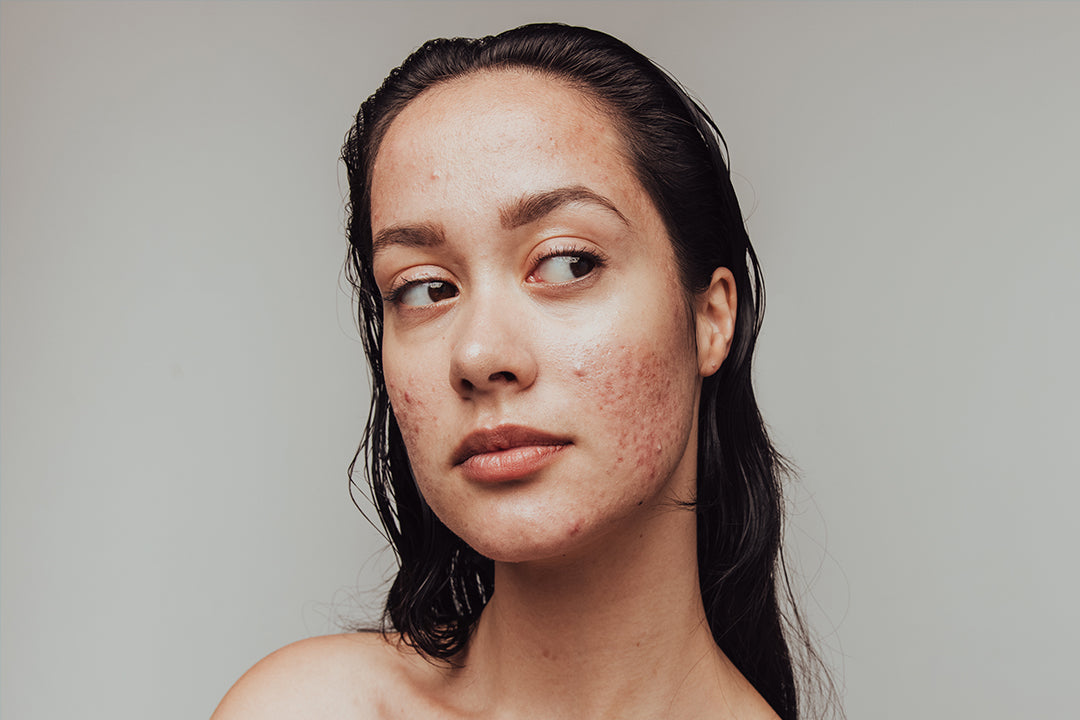When it comes to skincare, there are countless products and ingredients that claim to be the key to youthful, wrinkle-free skin. Two popular ingredients in the beauty industry are hyaluronic acid and glycolic acid. But which one is better for wrinkles?
The Benefits of Hyaluronic Acid
Hyaluronic acid is a natural substance found in the skin that helps retain moisture, keeping it plump and hydrated. As we age, the amount of hyaluronic acid in our skin decreases, leading to dryness and the formation of fine lines and wrinkles.
Using skincare products with hyaluronic acid can help replenish the skin's moisture levels, reducing the appearance of wrinkles and promoting a more youthful complexion. It also has antioxidant properties that can protect the skin from free radicals, which can cause premature aging.
The Benefits of Glycolic Acid
Glycolic acid, on the other hand, is an alpha hydroxy acid (AHA) derived from sugar cane. It works by exfoliating the top layer of the skin, promoting cell turnover, and revealing fresher, smoother skin underneath.
By removing dead skin cells and stimulating collagen production, glycolic acid can help reduce the appearance of wrinkles and improve skin texture. It also helps to even out skin tone and reduce hyperpigmentation, making it a popular choice for those looking to achieve a more youthful and radiant complexion.
Which One Should You Choose for Treating Wrinkles?
So, which acid is better for wrinkles? The truth is that both hyaluronic acid and glycolic acid have their own unique benefits and can be used together in a skincare routine for optimal results.
- Hyaluronic acid is a good choice if you have dry skin, or if your main concern is wrinkles caused by dehydration. Use hyaluronic acid in serums, creams, or sheet masks.
- Glycolic acid is a good choice if you have oily skin, or if you have wrinkles that are accompanied by other signs of aging, such as sun damage or uneven skin tone. Glycolic acid can be best used in cleansers, toners, and serums
Here's how to use them together
- Apply a glycolic acid product first at night. This will help exfoliate your skin and prepare it for the hyaluronic acid.
- Next, apply a hyaluronic acid product, also at night. This will help hydrate your skin and plump up wrinkles.
Important to note
- Always start with a low concentration of glycolic acid, especially if you have sensitive skin. You can gradually increase the concentration as your skin tolerates it.
- Be sure to wear sunscreen every day, especially when using glycolic acid, as it can make your skin more sensitive to the sun.
If you're not sure which ingredient is right for you, it's always best to consult with a dermatologist. They can help you create a customized skincare routine that addresses your specific needs.
tl;dr When it comes to choosing between hyaluronic acid and glycolic acid for wrinkles, there is no clear winner. Both ingredients have their own unique benefits and can be used together to achieve optimal results.









